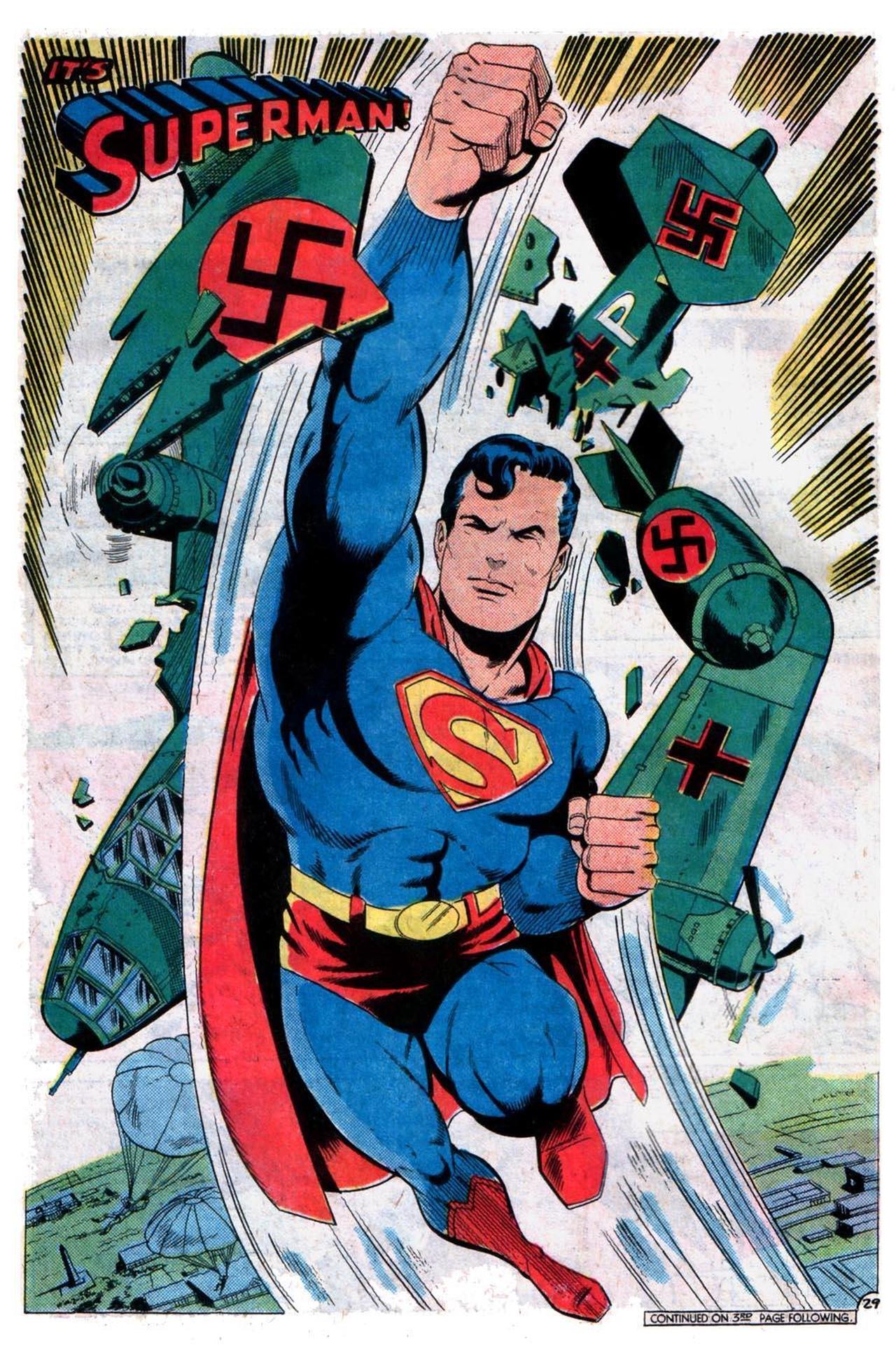
These days, Superman returns to the big screen in an emotional film directed by James Gunn. While he may be the father of all superheroes, known for his red cape and the “S” on his chest, Superman has surprisingly deep and mythological roots—dating back to Jewish folklore.
The Golem was a soulless being made from clay, brought to life in Ashkenazi Jewish mythology. Marked on its forehead with the word emet—meaning “truth”—this creature was believed, especially among the Jews of Prague, to be a ruthless avenger against antisemitic aggressors. The Golem legend later found its way into the Grimm Brothers’ fairy tales, inspired Mary Shelley’s Frankenstein, and eventually laid the groundwork for modern comic book heroes.

Created in the 1930s by Jerry Siegel and Joe Shuster, sons of Jewish immigrants who had fled European pogroms, Superman—according to many historians—carries echoes of the Golem and foundational elements of Jewish faith. Sent to Earth as a baby from the doomed planet Krypton, his original name was “Kal-El,” a Hebrew-like term that can mean “voice of God” or “God’s strength.”
The hero, later known as Clark Kent, bore striking resemblance to the Prophet Moses: sent away as an infant, hidden for years, and emerging as a bringer of peace. Some scholars suggest Superman even reflects the Jewish concept of a coming Messiah. His double life—reporter by day, superhero by night—has been interpreted as a metaphor for Jews attempting to live quietly and invisibly within dominant Christian societies. Simultaneously, Superman embodied the Jewish need for hope amid discrimination in Europe and alienation in America. Yet over time, he became something even more—perhaps even a symbol of propaganda.
Siegel and Shuster initially struggled to sell their work. But in 1938, DC Comics took a risk by publishing Superman in its Action Comics series. To their surprise, the character became a breakout hit, inspiring a wave of superhero creations like Captain Marvel, Flash, Green Lantern, Atom, Starman, Green Arrow, Aquaman, Bulletman, Cat-Man, and Plastic Man.
By the early 1940s, the comic book world had exploded with these larger-than-life characters. Interestingly, many of the creators behind these famous heroes—and even the founders of MAD Magazine—were Jewish.

Through the modernization and secularization of Jewish legends, these characters began saving the world. In one 1940 comic prepared for Look magazine, Superman even captures Adolf Hitler and strangles him.
Arie Kaplan, a Jewish comic book historian and author of From Krakow to Krypton, notes: “Jews created the first comic books and brought a Jewish perspective to both their work and the comic book industry.” Rabbi Simcha Weinstein adds: “Superman was the Jewish fantasy of strength, justice, and salvation.”
While these Semitic characters battled antisemitic forces, they also sometimes defended American interests—fighting enemies like Stalin. Christian elements occasionally entered these stories as well.

In recent years, superhero films have faced growing criticism. In the U.S., conservative groups have questioned their origins, and many filmmakers—such as Martin Scorsese and Francis Ford Coppola—argue that superhero movies aren't “real cinema.” Others, of course, disagree.
Regardless of the debate, it’s clear that characters like Superman—rooted in ancient Jewish myths—will continue to wield influence on the silver screen for years to come.